Character design is challenging.
It’s one thing to know how to draw characters, but creating your own is something else.
You need to understand the style they’ll fit into, who they are, what they’ll be doing, and what will simply look good.
It’s easy to say that you a certain character design from a movie, cartoon, or ad, but it’s another to learn how to design your own character.
One of the most important elements of good character design is simplicity. Simple character design means that more time can be spent polishing the entire scene or drawing other frames of animation.
Think of Mickey Mouse’s three-fingered hands. That was a decision made to save production time, allowing more cartoons to be produced more quickly. It is now one of the Disney mascot’s most iconic features.
Of course, while simplicity is key, there’s more to designing characters than that. You need to figure out what should be exaggerated, what should be downplayed, what adds a sense of personality, and much more. Good character design is the result of hours of careful thought and multiple design iterations.
This is an intimidating task, especially if you’re just getting started. Here are some character design tips to help you create amazing characters for your project.
Figure Out Your Target Audience
At the beginning of your character design process, decide on who your character is trying to appeal to. Characters meant to appeal to small children, for instance, often have bright colors and are designed around the use of basic shapes.
If you’re designing characters for a client, often many elements are already decided. Understanding who your character’s target audience means that you can figure out how to design a character based on that audience’s tastes.
Are You Working in 2D or 3D?
From a technical standpoint, there’s a world of difference between 2D and 3D character design. Many of the principles are the same, but the effect of certain choices can be very, very different.
3D characters can be seen from all angles, so you’ll need to figure out what they look at when viewed from all around. You’ll need to have a very clear sense of the character’s height, weight, and shape.
2D characters can do all sorts of physically impossible things just based on how they’re drawn. 3D characters need to have a more realistic physicality to them. Tiny legs and a huge body are a lot harder to make look right in 3D animation.
That character will look like he should fall over if he tries to walk. Every movement of a 3D animated character requires a special rig to be built.
Details like hair, fur, and clothing need special consideration since they can be very hard to animate. Pixar considered the fur of Sully in Monsters, INC. to be a special achievement that many thought was impossible.
You should also be aware of the uncanny valley effect in 3D animation. Human faces in 3D animation can be very disturbing if not designed correctly. Horror films have used uncanny valley to great effect, and it can be something you can exploit if you’re trying to create a character that creeps people out.
Be careful of over-simplifying these 3D animated faces while trying to still make them look human. It is, in fact, possible to make people shiver when they see a 3D character blink.
Look into character design tutorials for 3D animation of human faces if you want to create approachable characters for that medium.
Know Where the Character Will Appear
Determine where the character design will show up and in what medium. Cartoon character design is very different from mobile game character design, for instance.
Mobile game characters won’t often need to have a lot of details since they will not be viewed that closely. A cartoon character design will need to be more clear and could need more details, depending on the kind of cartoon.
Study Other Designs
Take the time to figure out why some character design works and why others don’t work. Just take a look around.
You’ll find characters in all sorts of advertising for all sorts of products, company mascots, movie and show characters on clothing…there’s character designs everywhere. Many of them are good, but a quick look at children’s clothing, for instance, reveals some bad character design.
Study both the well-designed characters and the poorly designed ones. Figure out why they are appealing or unappealing. What do their physical traits or color choices say about who the character is? Why does that personality appeal to people or leave them cold? This will help you improve your own character design ideas and skills.
Make Your Character Unique
Unique characters are actually quite difficult to create. There are thousands (if not millions) of iterations of any kind of character you can imagine. Just think of all the different cartoon dogs, robots, and monsters that you’ve seen. You’ll need to create a strong and interesting character design to have it stand out from the crowd.
Offer people something unique. Why do you think the Simpsons have yellow skin? It helps catch viewers’ attention when they’re flipping through channels, prompting them to pause and see what’s going on in the show.
You should do some research on the kind of character you’re designing before you finalize it. You may find that you’ve ended up accidentally copying a well-known character design and need to make some tweaks to create a truly unique character. Depending on how close the design is and who owns it, there is also the possibility for legal action.
Add Some Personality
While an interesting character design can make for some nice artwork, it isn’t enough. Work out a personality for your character. This is a great place to start, as the character personality often provides some great character design inspiration.
Make sure the character’s personality is at least as interesting as their appearance. It doesn’t have to be agreeable, but it does have to be interesting. A lot of the character’s personality will be revealed through reactions and interactions in animations and comic strips. It can also be shown simply in the way the character is drawn if this is a static mascot or something similar.
People connect to personalities even more than they connect to interesting visual designs. An interesting and coherent personality will help make your character matter to people. For instance, do you know someone who loves Eeyore?
How about Bugs Bunny? The amount of merchandise featuring these characters that is sold reveals that a lot of people really care about these characters. The personalities of these characters are why they mean so much to these people.
Use a Unique Body Shape
One thing you can do to make a unique character is to make sure your design has a distinctive body shape. Your character’s body shape should help convey their personality. You should be able to pick their silhouette out of a lineup.
Body shapes, like exaggeration, should help make it clear what a character does. Tall, muscular characters should be strong, and an agile character should be small and wiry.
You should also think about the species of your character. Science fictions stories often feature aliens and robots, and talking animals feature a lot in children’s cartoons. If your character is human or not makes a big difference for a lot of character design choices. It might be intimidating, but it can also be a lot of fun. Determine early on what your character’s species is.
If you’re having trouble deciding on your character’s species, try and create your own or add in elements to help create a more personality-filled character. Try out both animal-like and human-like features.
Even if you’re drawing a horse, giving it eyebrows may better allow you to express its personality and emotions. That’s what they did for the animated film Spirit: Stallion of the Cimarron.
Horses don’t actually have eyebrows, but it was hard to create the right facial expressions with a more realistic looking horse character. This fantastical addition is a great solution if you’re stuck in a rut about how to better express your character.
An interesting trick to try is to draw the character’s head separately from their body. Then draw three different body types on another piece of paper. Line up these body types with the original head design. Which one looks like the best fit and why? This can help you better understand what kind of body your character should have to best express their personality.
Lines Have Meaning
The kind of line you use to create your character design can say a lot about the kind of character people are looking at. For approachable and cute characters, try using combinations of thicker, softer, round, and even lines. Use more jagged and sharper lines to convey a more erratic and uneasy character.
Utilize Exaggeration
A key to learning how to design characters is knowing what you should exaggerate to best convey who that character is an appeal to your audience. Character design is rarely photorealistic but is instead an abstraction of the real (or imagined) thing. Visually conveying a feeling of the character’s personality is more important than completely accurate anatomy.
Exaggeration helps emphasize personality traits. If you’re trying to convey that a character is physically strong, give them impossibly muscular arms and very broad shoulders. For a very a character who is genius, give them crazy Einstein hair, large glasses, and white lab coat. These absurd exaggerations allow people to instantly know at least one major trait of the character.
Use Color Wisely
Color also does a lot of work in communicating a character’s personality. Normally, people associate darker colors like black, purple, and gray with bad or at least more shadowy types of characters.
Lighter colors like pink, white, blue, and yellow are more often associated with good guys and pure intentions. Bold red, yellow, and blue lend themselves to heroism thanks to a lot of use in comic books.
You can use too much color, however. Colors should add to your character’s personality, not distract from it. The most iconic character designs have only a few colors. Think of Scooby Doo or Bugs Bunny.
They don’t have a massive color palette, but they are very successful designs that have remained recognizable for decades. Too much color confuses viewers. They won’t know where to look since there’s simply too many points of interest on your character design. Try to use three base colors with value variations on them when needed.
Accessorize Your Characters
Clothing and props help make a character’s traits and background clear. Using uniforms or uniform-like clothing will reveal a character has a tie to the profession that uniform is associated with. This is also true for cultural clothing or items, like cowboy hats or katanas. Little touches like a facial scar can help pull together the sense of who the character is nicely.
Real people use things. A lot of us have items that mean stuff to us. Why did you choose the keychain that you’re using for your car keys? Why is your favorite shirt your favorite? The things we use are a reflection of our personalities. It will make your characters more believable and relatable if they have things that matter to them and express ho they are, too.
Expressions
Don’t forget to add in facial expressions. Even grotesque or very inhuman characters can have facial expressions. Facial expressions depict the character’s attitude about the situation.
You can have muted or explosive expressions, depending on the personality you’re dealing with, but a dull neutral face rarely makes for a good character design. If you’re creating a character for animation or comics, you’ll need a sense of their facial expressions in a wide range of situations.
One way to study emotions is to sit in front of a mirror and express different emotions on your own face. Show yourself what being sad, being angry, being thoughtful, and being happy look like on a human face. You can also try to imagine how your character reacts to a certain situation and what their expression would be like.
Focus on the brows, eyes, and mouth, since those are the most obvious ways we show emotion. This can be a good way to develop a better understanding of who your character is and how to convey their feelings.
Remember to Keep It Simple
As complex as your character design may have gotten, remember that people need to be able to break it down easily. If you can’t get across the shape or your character and their clothing in ten strokes or less, you need to simplify your character design.
It’s important to remember that you and other people may end up drawing your character over and over again later on. You may also be drawing them in different poses and doing all sorts of different things. The character design should remain consistent throughout all of this. An over-complicated design makes this very hard to accomplish.
Tattoos and elaborately patterned clothing, while maybe fun to draw and certainly interesting, will be hard to draw correctly from all angles, so you may want to avoid them on a character design that will be drawn over and over again in many different poses.
Give Your Character Goals, Dreams, and Wants
A character’s goals are the driving force behind their personality. There should be something missing from your character’s life that provides some thrust behind their actions. Without goals, what would make your character do anything at all? This sense of incompleteness and even the flaws created by it will also make the character design more interesting.
Create a Background for the Character
If your character is going to spear in comics and animation, you need to develop their backstory. Some questions you should ask to develop backstory include:
Where did this character come from?
How did they come to exist?
Did anything interesting happen in their past?
Where do they live?
What is their job?
Who are their parents?
What is their favorite color?
What is their favorite food?
The answers to these questions build up the solidity of your characters, making them more believable for your audience. Even the most inane facts, like the character’s favorite color, can help you make the character seem more like a real person.
The answers can even affect the character’s personality. A character that grew up in a desert will probably have different preferences and behavior than one who grew up in a jungle.
There needs to be a reason for why a character does what they do. Real people have reasons for what they do. If fictional ones do the same, it makes them that much more real to audiences.
If they don’t have solid reasons for their decisions, it will be frustrating for people. Look at how many people get annoyed by the nonsensical decisions made by characters on The Walking Dead.
On occasion, you’ll find that the backstory is more exciting or interesting than the character’s current adventures. Try not to get too tangled up in building it. It’s a very easy thing to do and the result can sometimes look more like the Star Wars prequels than J.R.R. Tolkien’s Silmarillion.
Research Real Subjects
Even if you’re drawing a completely fantastic character, you need to be able to accurately convey their physical traits. Can you really make an animal look furry? What do scales actually look like? For human subjects, how does hair really behave in the wind?
So some research into what these subjects actually look like in the real world. Even if you’re drawing a heavily stylized character, understanding the way things behave in the real world can help you better immerse people in your world and believe in your characters.
If things look wrong and (not deliberately) unnatural, it will be off-putting for audiences. On the other hand, smooth, correct looking animation of even fantastic things and actions is very impressive. Study anatomy, lighting, animals, anything and everything that you plan to draw to create better character designs.
Think Outside the Box
All this said, experiment! Follow a character design tutorial to learn the basics, but as you do, try different things. Create a character who looks soft and approachable but is actually unstable. Have a character whose reaction to all situations is a crazed smile. Sometimes this will create an unexpectedly successful character design.
Get Feedback from Other People
Once you have a couple variations on your character design, show it to others and ask them what they think. You should ask more questions than whether or not they like the character design. Ask them what they think this person’s personality is like. See if they can figure out some of their traits.
Avoid just asking family and friends. They know you well and will know how you think. You probably told them what you were going for as you were designing the character.
Ask people who haven’t been hearing your thoughts throughout your character design. If they’re seeing the design for the first time, you’ll get a better sense of how the character will be viewed by an audience.
Fine-Tune Every Aspect of Your Character Design
No matter how simple your character design is, question every choice you’ve made. In fact, this is even more important for simple character designs because these characters already have so few features.
Check that all the features are clear and the lines are clean. You should also decide on which parts of the character are correctly exaggerated and which need to be downplayed. Every feature should be thought through, no matter how small it seems.
Ending thoughts on character design
Understanding the fundamentals of good character design is key to successful illustrations. Everything about your character should be planned to have the greatest effect and create the most interest. Great character design is not random or luck, but instead is the end result of good character design processes and a lot of work.
If you liked this article about character design, you should check out these as well:
- Monogram Logo Designs: How To Create A Monogram
- Layout Design for A Magazine Page and Printing Tips
- Illustration styles: definition and examples of this art
The post Character Design: Tips On How To Design A Character appeared first on Design your way.
Source: https://ift.tt/2pEFZ5A


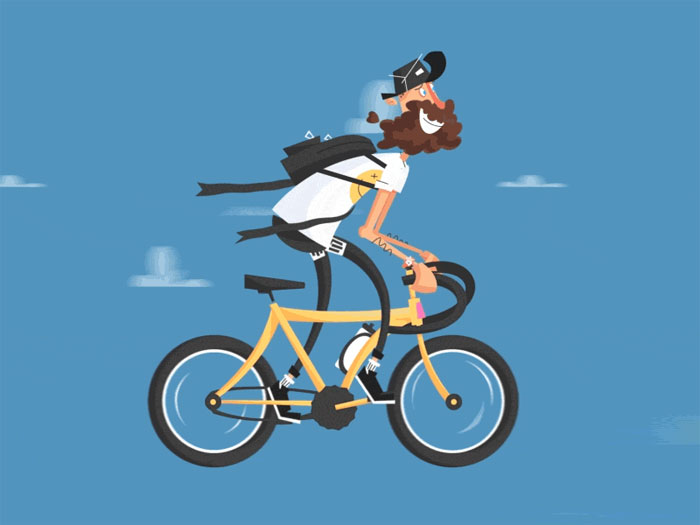
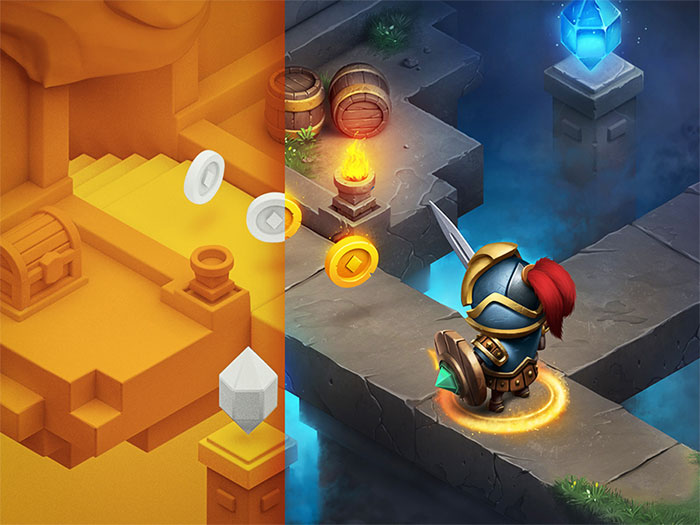
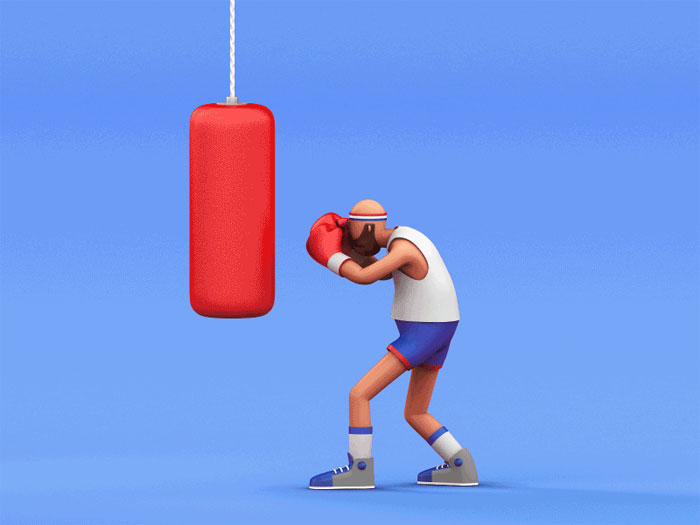


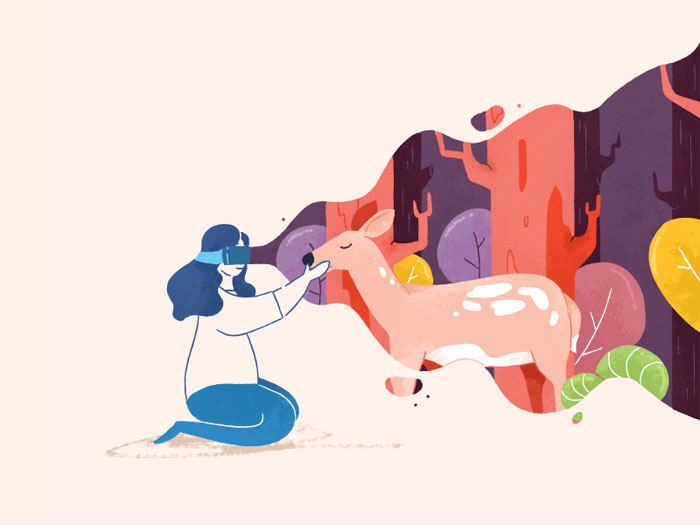
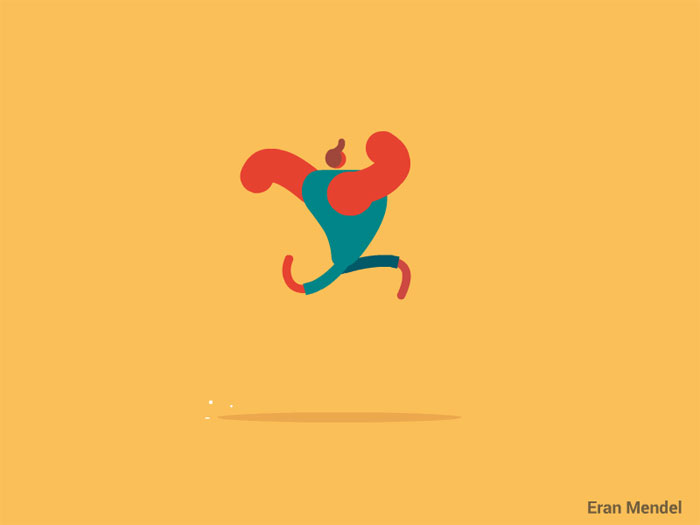
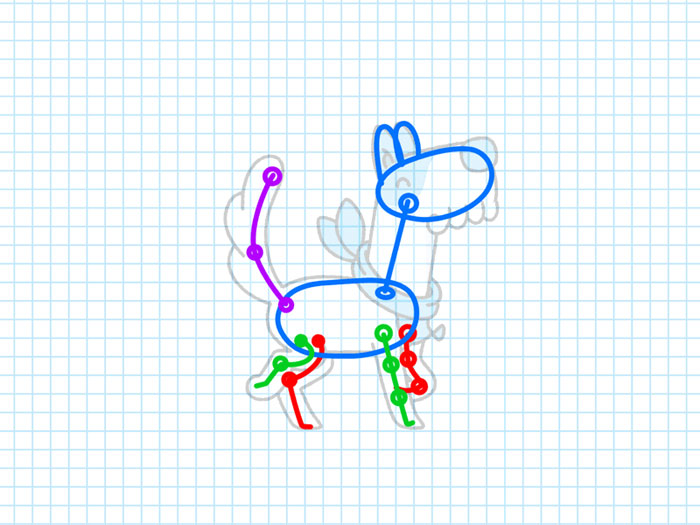
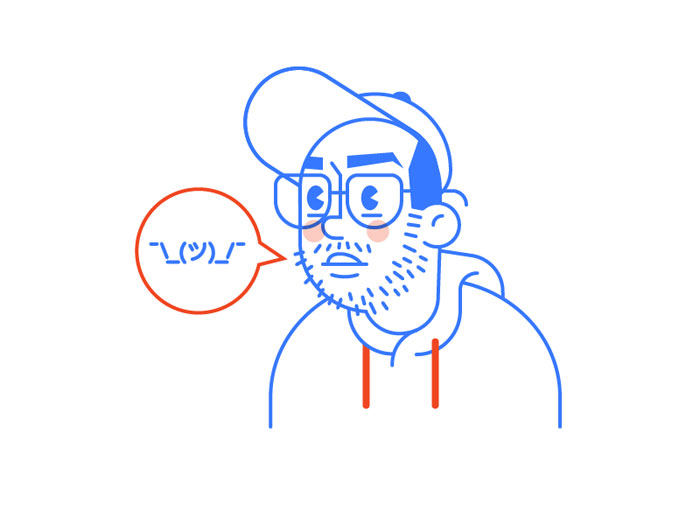
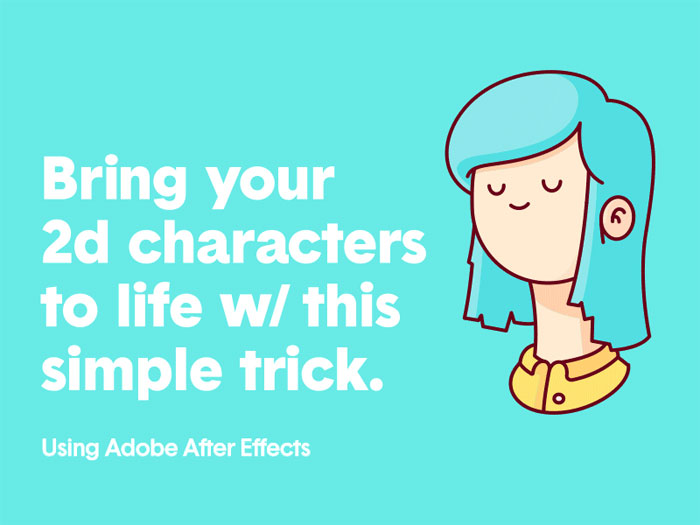
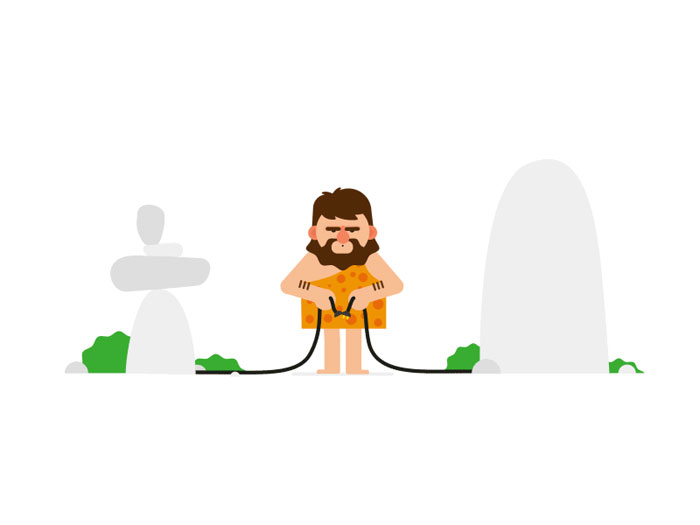
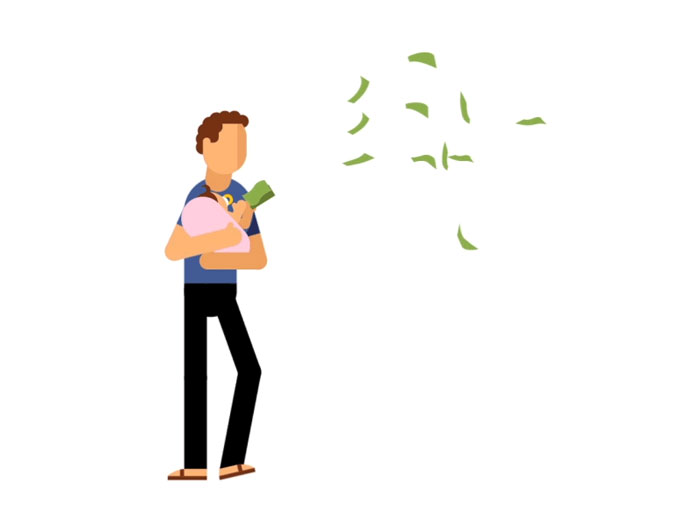

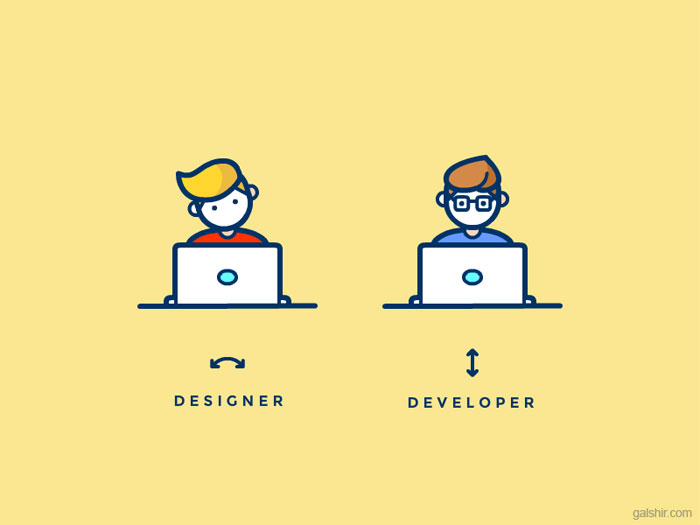
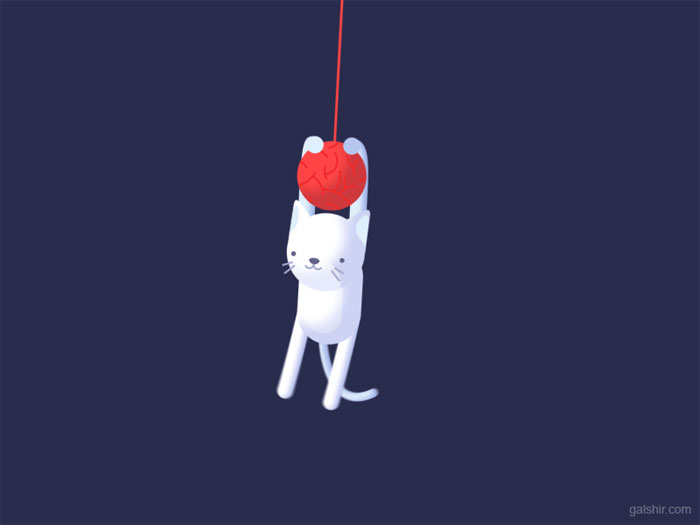

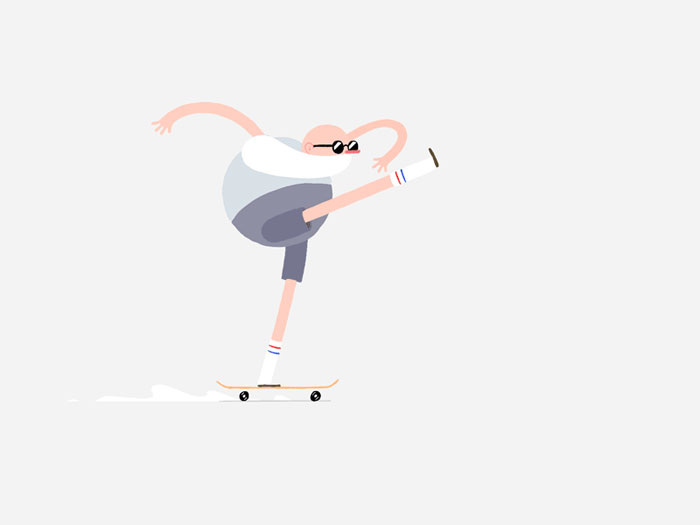
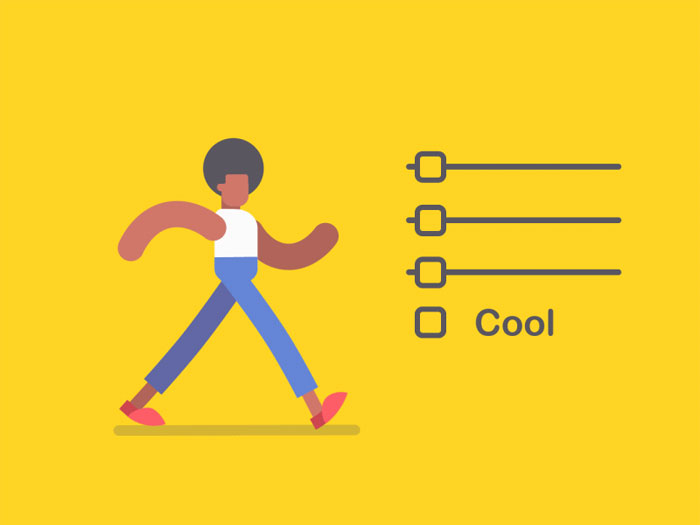
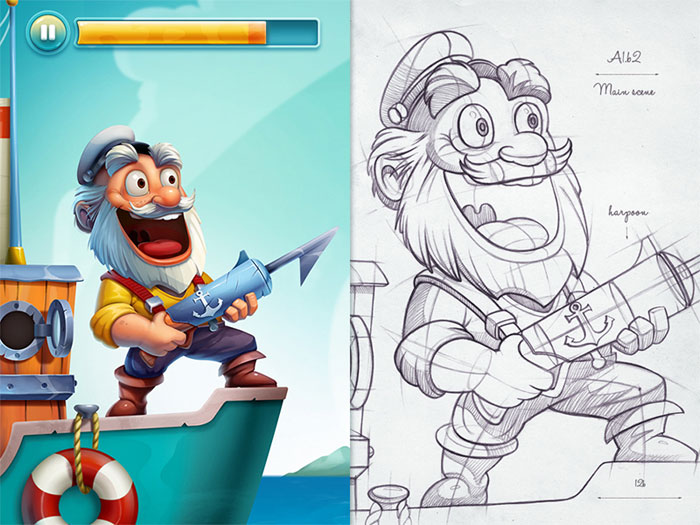

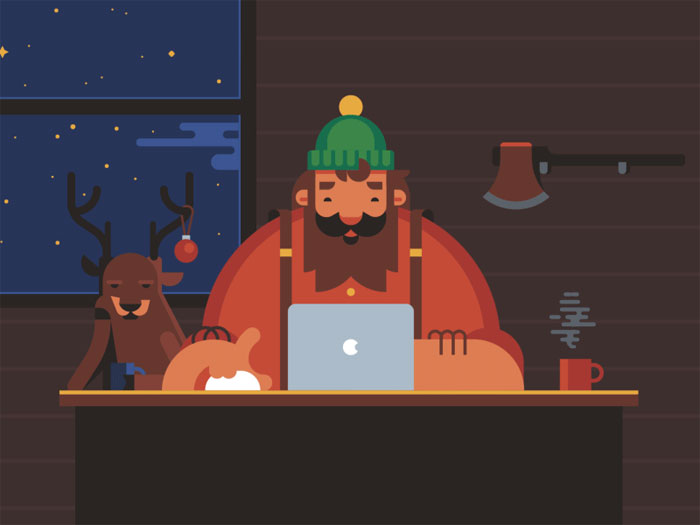
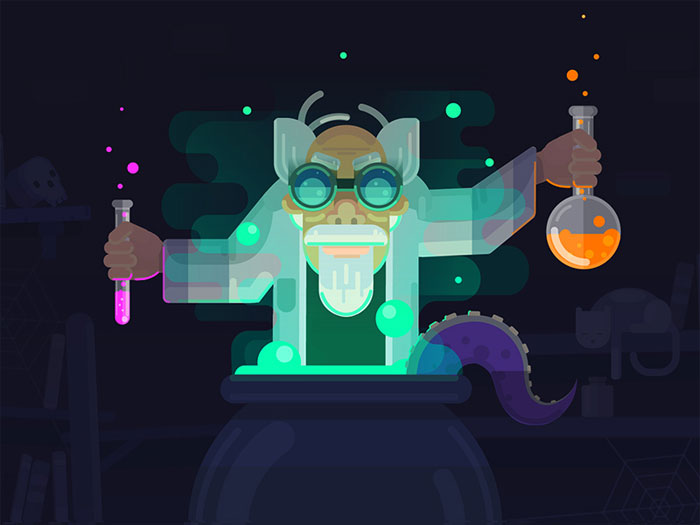
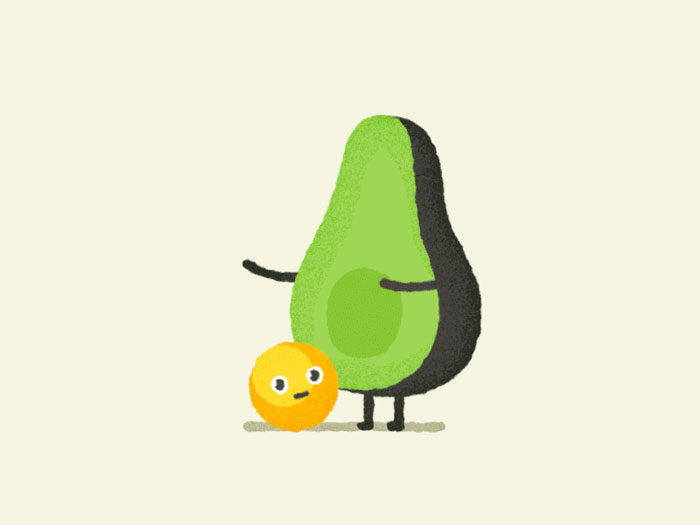
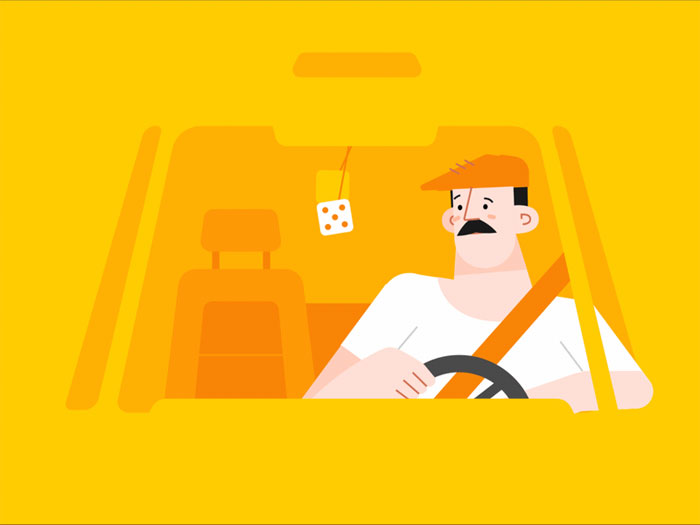

No comments:
Post a Comment